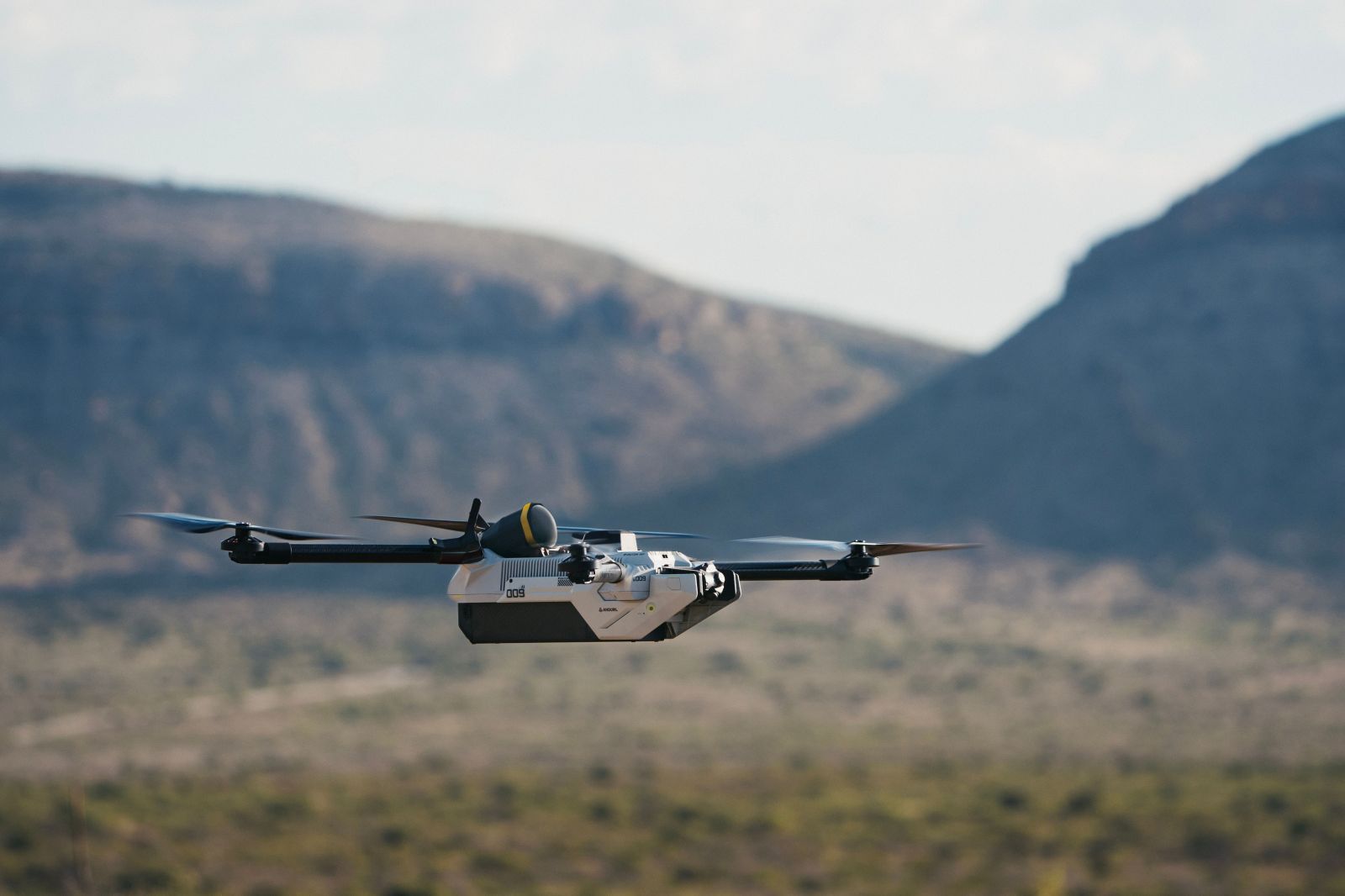Follow us on Google News (click on ☆)

The Bolt-M drone
They are small, fast, and autonomous: the Bolt and Bolt-M drones, developed by the company Anduril, stand out thanks to their ability to move without a pilot, utilizing an autonomous navigation system powered by artificial intelligence (AI). Their vertical take-off and landing (VTOL) capability enables rapid deployment in complex environments, without the need for heavy infrastructure.
The Bolt series drones are designed for various missions. The base model, Bolt, is dedicated to surveillance and reconnaissance. It can fly for up to 45 minutes with a range of 12.4 miles (20 kilometers). But the major innovation comes with the Bolt-M model, designed for offensive missions, with the ability to carry explosives weighing up to 3 pounds (1.4 kilograms).
Thanks to AI, the latter can autonomously track a target, requiring only a simple screen selection from the operator to indicate the drone's target. It can then pursue its objective, even if the connection with its operator is lost. The tracking of moving objects is assisted by a waypoint navigation system, which allows for predefined flight paths.
The Bolt and Bolt-M drones integrate artificial intelligence, enabling them to autonomously track and strike the enemy
The Lattice system plays a crucial role in automating the drone's behavior. The sensors integrated in the Bolt-M, combined with tracking algorithms, allow the drone's maneuvers to be adjusted in real time. All of this occurs without requiring constant oversight from the operator, who can thus focus on other aspects of the mission.
A wide range of payloads, whether anti-personnel or anti-material, can be installed on these drones. Electronic systems and software ensure that the carried munitions can be deactivated if necessary, thereby reducing risks during transport or redeployment.
While these drones do not replace highly skilled human pilots, their flexibility and autonomy mark a turning point in how military operations are conceived in the age of AI. They are part of a modern approach to conflicts, where technology plays an increasingly important role in strategic decision-making on the ground.